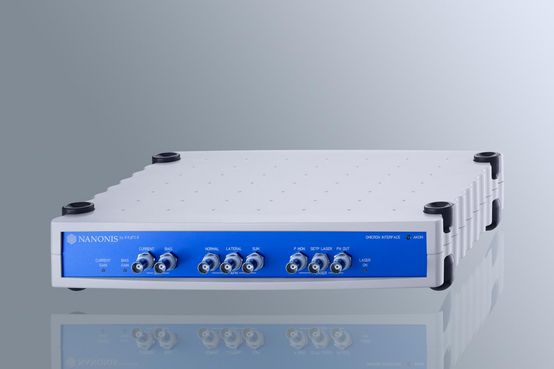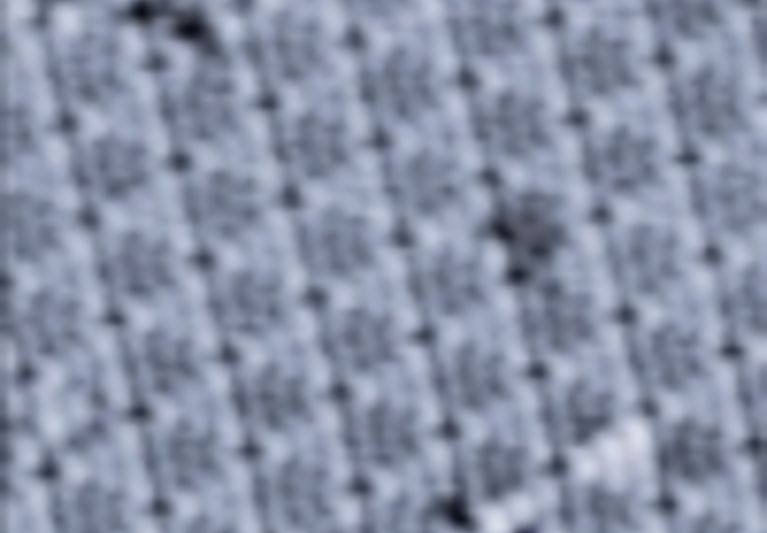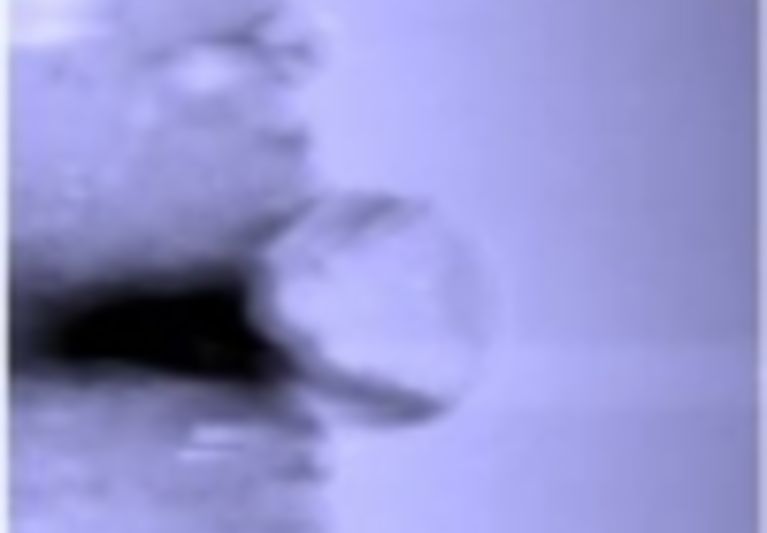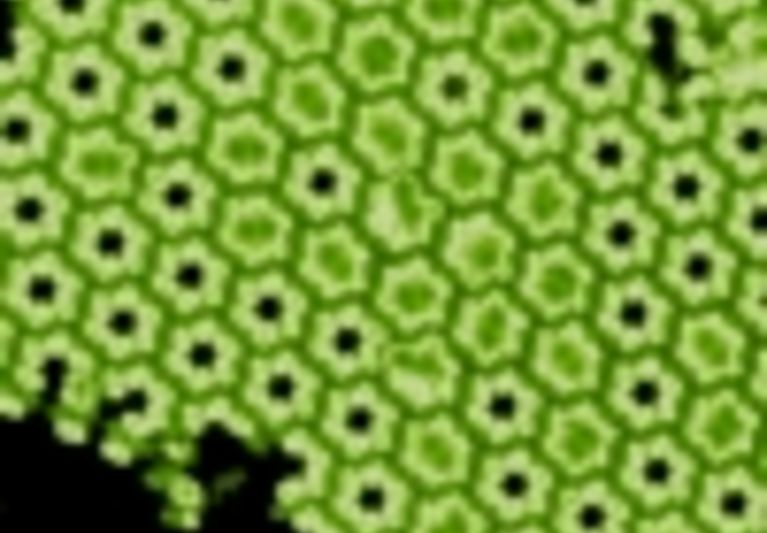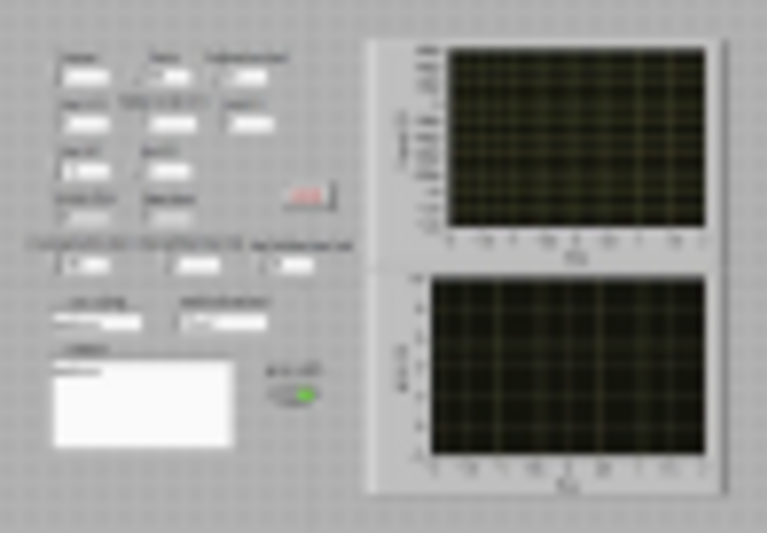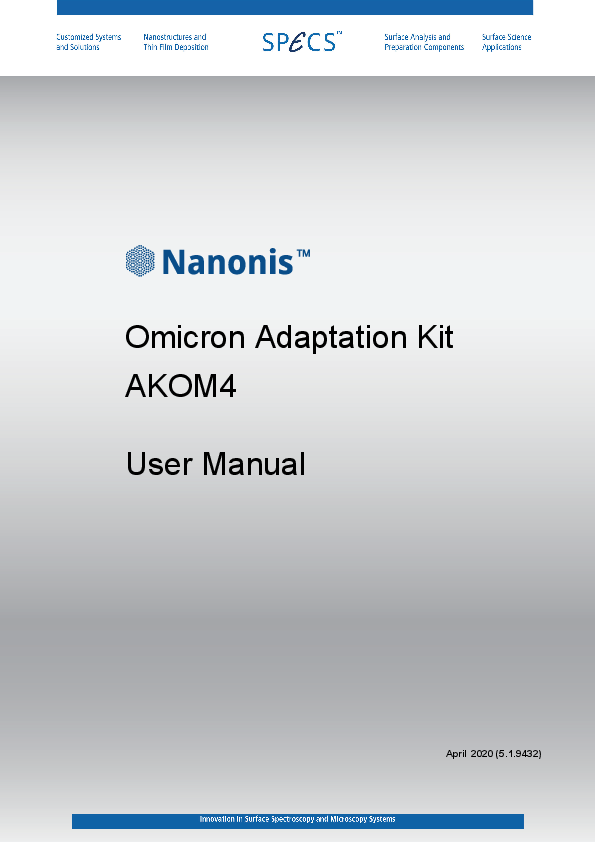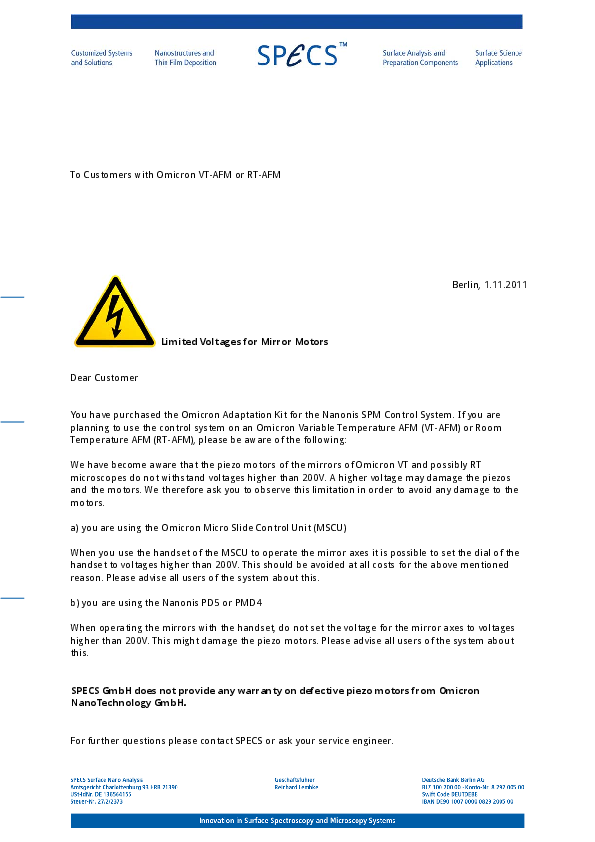Adaptation kit Omicron
The adaptation kit for Omicron microscopes (AKOM4) interfaces the Nanonis controller with most types of Omicron microscopes.
The original microscope cables connect directly to the pin-compatible interface, which makes it extremely simple to connect the control system to the microscope. The adaptation kit powers both STM and AFM pre-amplifiers and switches current and bias gains. In the case of beam deflection AFM models, the laser diode is monitored directly by the Nanonis software and the beam-deflection module displays the signals from the photo-detector. Control of inertial motors (x, y, z, mirrors and PSD) for coarse motion as well as automatic approach is seamlessly integrated in the Nanonis software and requires the Nanonis Piezo Motor Driver (PMD4).
Additionally, with the Nanonis OC4 add-on module, any dynamic AFM modes are available for all AFM models with either a regular cantilever, a qPlus sensor or a Needle Sensor.
Front panel of the Adaptation kit for Omicron STM/AFM
1. Current gain LED indicator
2. Bias range LED indicator
3. Current output (to SC5)
4. Bias input (from SC5)
5. Normal (vertical) deflection output (to SC5 and OC4)
6. Lateral (horizontal) deflection output (to SC5 and OC4)
7. Sum output to SC5
8. Power monitor output (to SC5)
9. laser setpoint input (from SC5)
10. FN output (to SC5)
11. Laser on/off LED indicator
Rear panel of the Adaptation kit for Omicron STM/AFM
13. Power switch
14. Fuse holder
15. AC power input
16. GND BNC connector
17. MSCU trigger port (to MSCU)
18. DC Supply 2 connector (to qPlus preamplifier)
19. Preamp power supply connector (to AFM preamplifier)
20. Power mod power supply connector for z modulation unit (to scan piezo)
21. DIO PORT A (from RC5e)
22. SUM input from AFM preamplifier
23. LATERAL input from AFM preamplifier
24. AFM LDPD power and control connector for laser diode
25. NORMAL input from AFM preamplifier
26. BIAS output to STM preamplifier
27. CURRENT input from STM preamplifier
28. PREAMP power supply connector for STM preamplifier
29. 5V power supply for STM preamplifier
